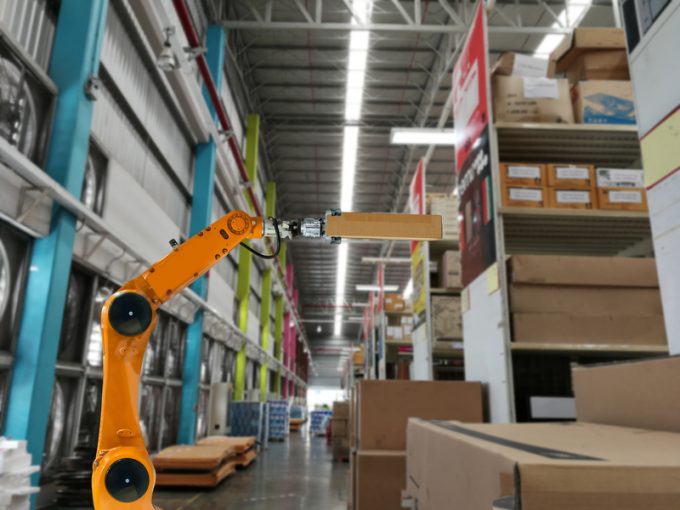SMM conference report: the future of shipping is how it deals with labour
The great and the good of the shipping industry recently congregated in Hamburg for the ...
LINE: EXPENSES AND OPERATING LEVERAGELINE: PIPELINE OF DEALS LINE: DEMAND PATTERNS LINE: LANDSCAPELINE: CONF CALL STARTSDSV: UNTOUCHABLEEXPD: NOT AS BULLISH AS PREVIOUSLYFWRD: SPECULATIVE RALLY MAERSK: INTEGRATED LOGISTICS WIN MAERSK: TRUMP TRADEKNIN: THE SLIDELINE: DEBUT AAPL: ASIA CAPEXDHL: THE HANGOVERXPO: ELECTION DAY RALLY BA: STRIKE OVER GXO: SHEIN AND TEMU IMPACT GXO: PAYING DOWN DEBT AND ORGANIC GROWTH
LINE: EXPENSES AND OPERATING LEVERAGELINE: PIPELINE OF DEALS LINE: DEMAND PATTERNS LINE: LANDSCAPELINE: CONF CALL STARTSDSV: UNTOUCHABLEEXPD: NOT AS BULLISH AS PREVIOUSLYFWRD: SPECULATIVE RALLY MAERSK: INTEGRATED LOGISTICS WIN MAERSK: TRUMP TRADEKNIN: THE SLIDELINE: DEBUT AAPL: ASIA CAPEXDHL: THE HANGOVERXPO: ELECTION DAY RALLY BA: STRIKE OVER GXO: SHEIN AND TEMU IMPACT GXO: PAYING DOWN DEBT AND ORGANIC GROWTH

The economics of automating warehouse operations are becoming increasingly plain – in the US, the minimum wage for a worker is $15 an hour, while leasing a robot (as opposed to purchasing one for around $100,000) comes in at around $8 an hour.
This feature from Wired explains how the pandemic-induced labour shortages in production and distribution facilities led to the emergence of a new breed of leasing companies building up fleets of robots and renting them out – a particular attraction for smaller operators nervous of the large capex requirements of directly investing in automation. “The robot-as-employee approach could help automation spread into smaller businesses more rapidly by changing the economics. Companies such as Formic see an opportunity to build large businesses by serving many small firms. Many are mining the data they collect to help refine their products and improve customers’ operations.”
Comment on this article